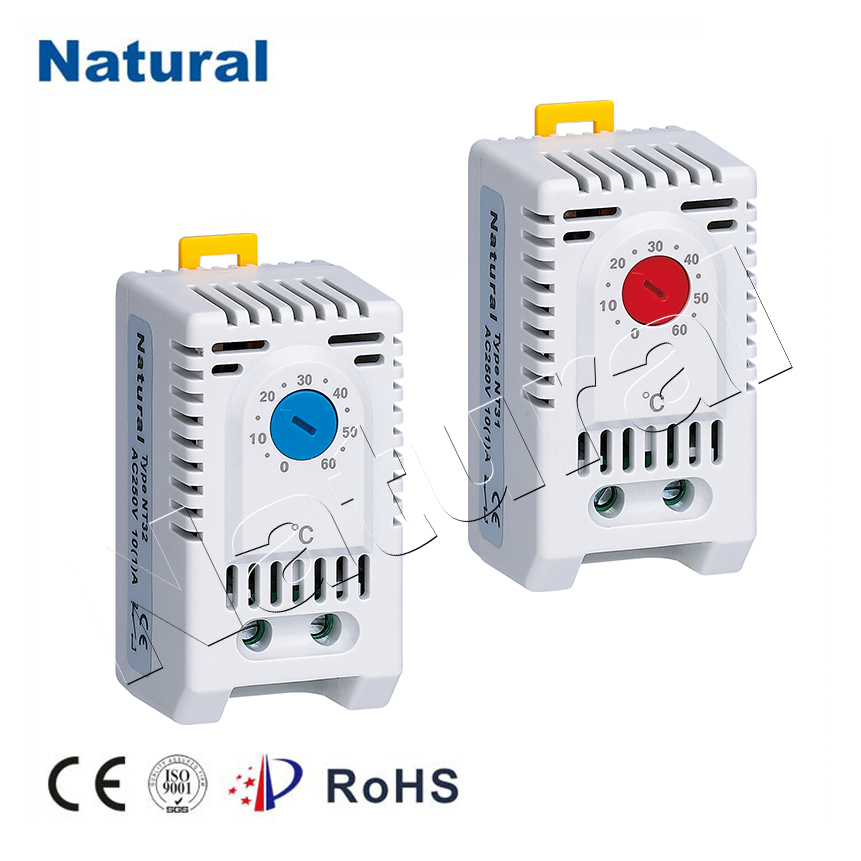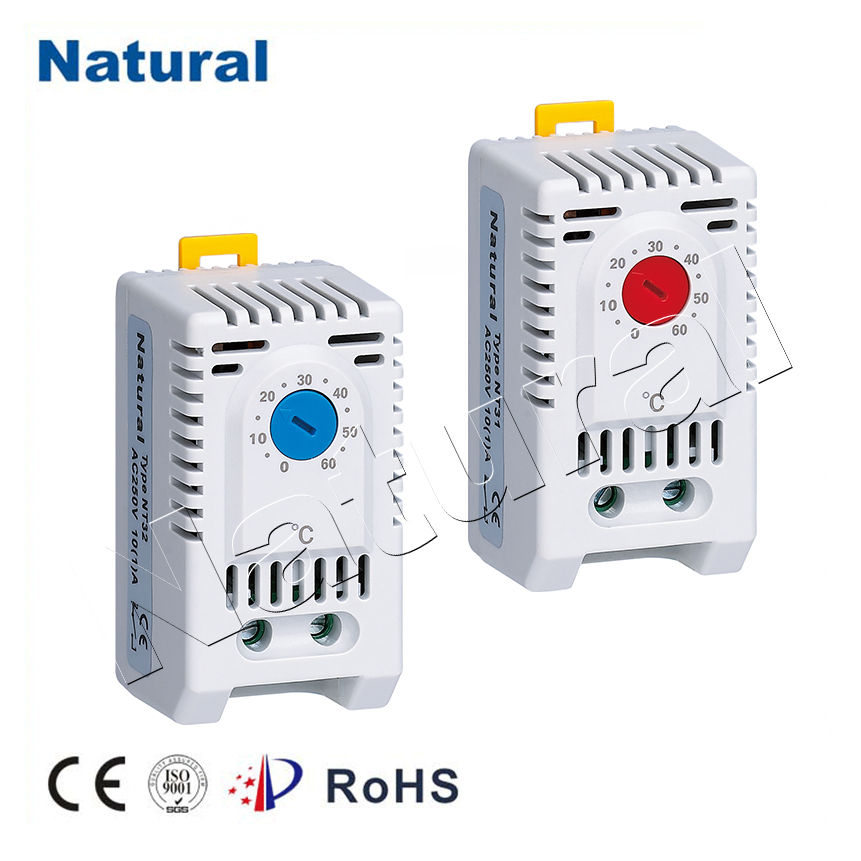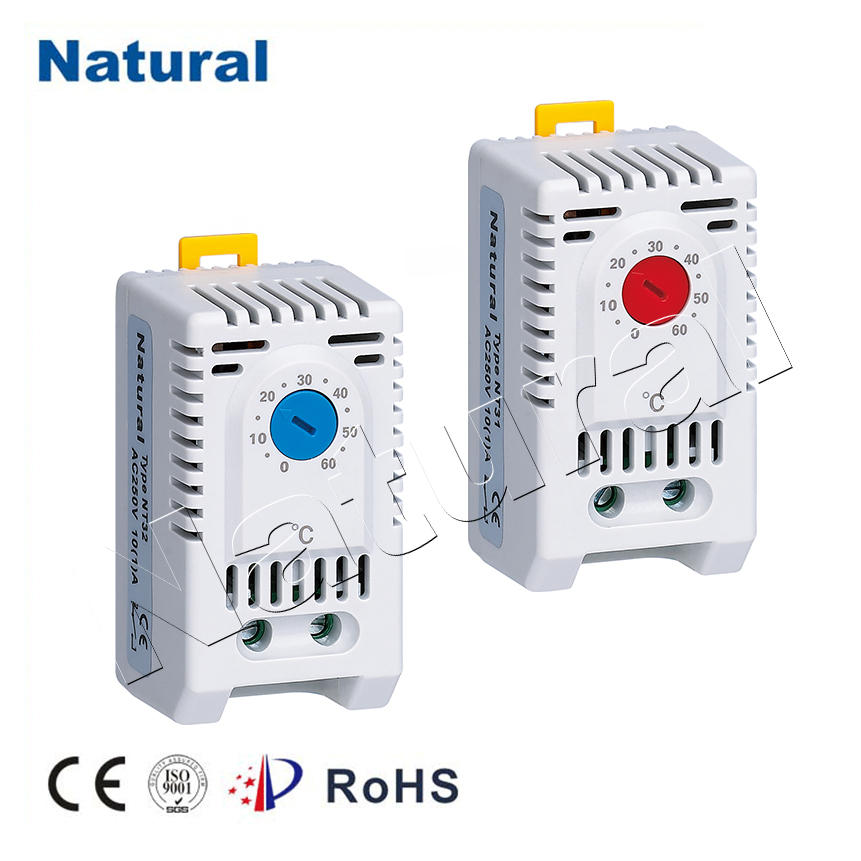DIN rail temperature controllers are essential devices in various industrial and commercial applications, enabling precise temperature regulation for machinery, equipment, and processes. Designed for seamless integration into electrical control panels, these controllers offer a compact, reliable solution for temperature monitoring and control. This article will explore the principles, applications, advantages, and features of DIN rail temperature controllers, highlighting their significance in modern automation systems.

What is a DIN Rail Temperature Controller?

A DIN rail temperature controller is an electronic device specifically designed to control the temperature of a given system by regulating heating and cooling elements based on input from temperature sensors. The term “DIN rail” refers to the standardized mounting rail—typically 35mm wide—used widely in electrical panels for mounting various control devices. These controllers typically accept input from thermocouples, RTDs (resistance temperature detectors), or thermistors to measure temperature accurately. Once the input is received, the controller processes it and activates the appropriate heating or cooling actions to maintain the desired temperature setpoint.
